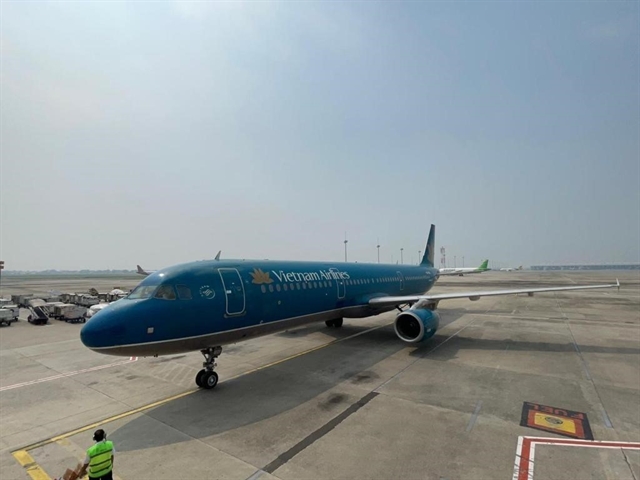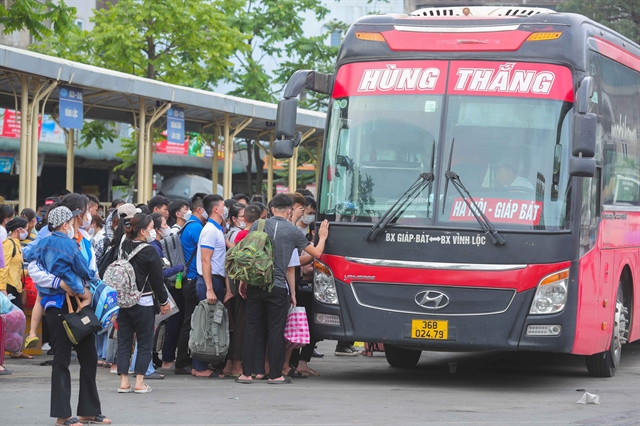 Economy
Economy

 |
| Logistics costs in Việt Nam are still high, accounting for 16.8 per cent of enterprises’ costs, higher than the average of 12.5 per cent in the Asia-Pacific region, in which transport cost accounts for up to 50 per cent. — Photo tapchitaichinh.vn |









.jpg)